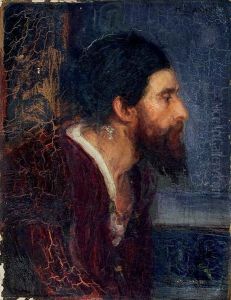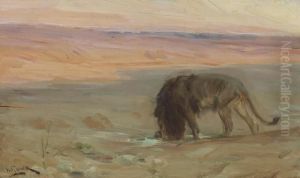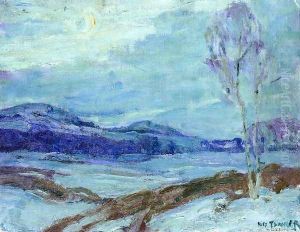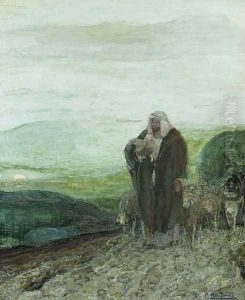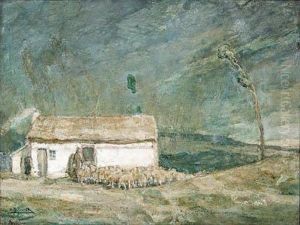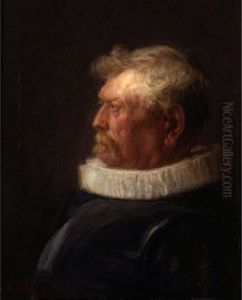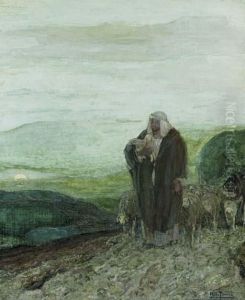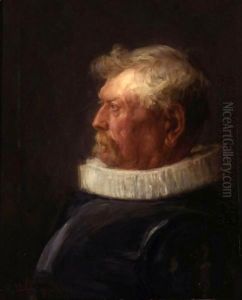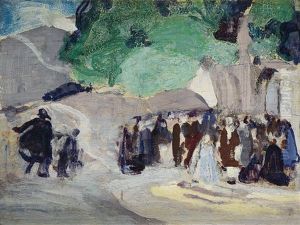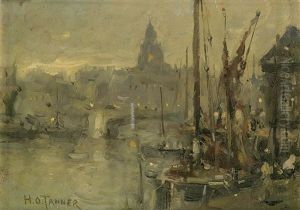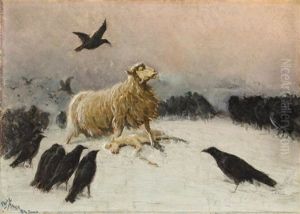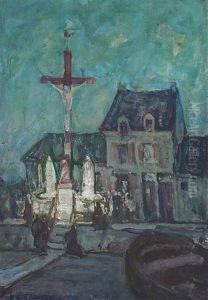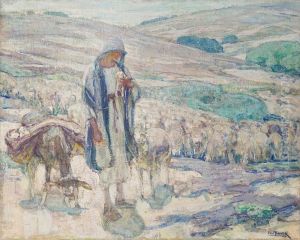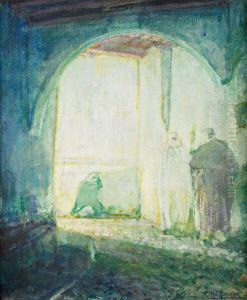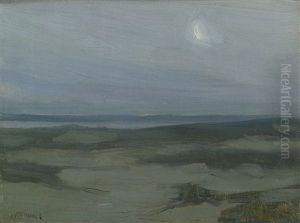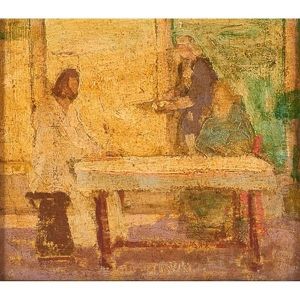Henry Ossawa Tanner Paintings
Henry Ossawa Tanner was a pioneering African American artist known for his paintings that often combined elements of realism and spirituality. Born on June 21, 1859, in Pittsburgh, Pennsylvania, Tanner was the first African-American painter to gain international acclaim. His father, Benjamin Tucker Tanner, was a bishop in the African Methodist Episcopal Church, and his mother, Sarah Miller Tanner, was a schoolteacher and the daughter of a bishop. The family moved to Philadelphia when Tanner was young, and it was there that he began his artistic training.
After attending the Pennsylvania Academy of the Fine Arts, where he studied under the influential American artist Thomas Eakins, Tanner initially began a career in commercial art. However, he soon grew disillusioned with the racial discrimination he faced and moved to Paris, France, in 1891, where he found a more accepting environment for artists of color. In Paris, Tanner enrolled at the Académie Julian and was greatly influenced by the French artistic tradition.
Tanner's work often reflects his deep religious faith, as seen in his most famous painting, 'The Banjo Lesson' (1893), which depicts an elderly black man teaching a young boy how to play the banjo. This painting is celebrated for its tender portrayal of African American life and culture. Another well-known work is 'The Thankful Poor' (1894), which also depicts a multi-generational scene with dignity and grace.
Tanner achieved critical success with his biblical paintings, notably 'Daniel in the Lion's Den' (1895), which won a third-place medal at the Paris Salon of 1896, and 'The Resurrection of Lazarus' (1896), which earned him a prestigious medal at the Salon and was purchased by the French government for display at the Luxembourg Museum.
Despite his success in France, Tanner remained concerned with the plight of African Americans and occasionally addressed racial issues in his work. His commitment to his heritage can be seen in the use of his middle name, 'Ossawa,' after the Battle of Osawatomie, reflecting his parents' anti-slavery stance.
Throughout his career, Tanner traveled and worked in various parts of the world, including the Middle East, where he found further inspiration for his religious works. He continued to exhibit his work internationally and received numerous awards, including the Pennsylvania Academy of the Fine Arts' Lippincott Prize in 1900.
Tanner's health began to decline in the 1920s, but he continued to paint until his death. Henry Ossawa Tanner died on May 25, 1937, in Paris. He left behind a legacy as a trailblazer for future generations of artists of all backgrounds and is remembered as a key figure in American art history.




